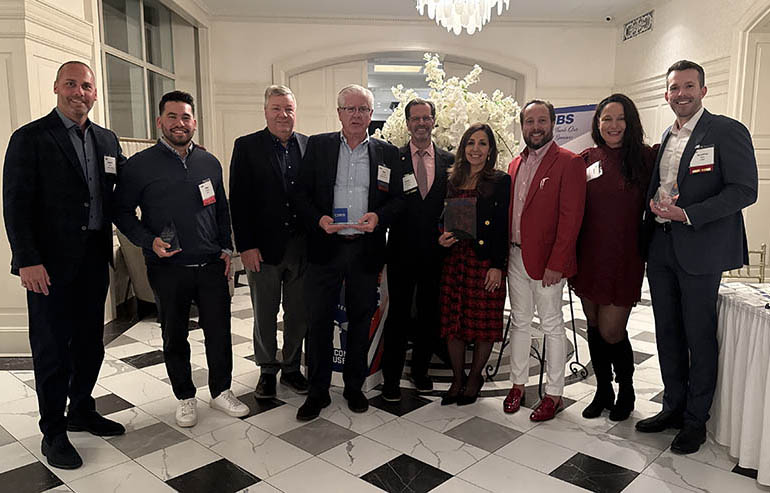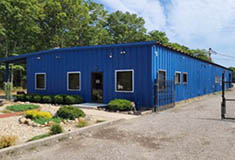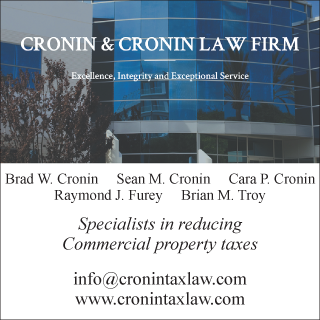Environmental assessments: Are phase 2 reports, the new phase one? - by Chuck Merritt

Over the decades since environmental “Due Diligence” hit the stage in commercial real estate, the phase one Environmental Site Assessment (ESA) has been the standard for which buyers and lenders rely upon. Designed to point out potential environmental risks at a particular property, most times, a phase one was enough to make all parties comfortable. As the ASTM body revises the standard every 5-8 years culminating with the recent E-1527-21 (approved on February 13, 2023), clients are asking “should we go straight to a phase two (2) investigation”?
The answer more times than not during a purchase is no. Although the rationale makes sense with environmentally sensitive properties like dry-cleaners or abandoned gasoline stations, the ASTM phase one standard provides the Comprehensive Environmental Response Compensation Liability Act (CERCLA) protection to the client so, starting with a phase one report is prudent and can provide information on more obscure issues that may lurk beneath a property. For instance, within a retail strip center, that dry cleaner outlined earlier, may have been located at another tenant space. At gas stations, the current configuration of buried tanks may have been different from where they were located in the past and important to understand prior to advancing boring holes (part of the phase 2 investigation) with a drill rig. The resources used in the preparation of a phase one report may be able to shed light on such issues where skipping directly to the phase 2 would not.
The ASTM standard now includes items such as vapor encroachment, adjacent property usage and emerging contaminants (forever chemicals). The result is that many phase one reports now point out these items as Recognized Environmental Conditions (RECs). When noted, a buyer who commissioned the study is free to discuss recommendations by the consultant or decide for themselves whether they feel additional investigation is needed. Since New York is a buyer beware state, there is no obligation on the seller to disclose any information regarding a past environmental issue. Many other states such as New Jersey and Connecticut have laws in place requiring disclosure of such issues to a perspective buyer.
It is important to consider that the lender you are obtaining a loan from on this potential purchase may also have an opinion on the environmental risk they are willing to take on. So, a buyer should not assume that since they are comfortable with the results of a phase one, that their lender will be as well. Lenders may have an in-house environmental person to help advise about the risk while some lenders rely on outside independent consultants to help with understanding the potential risk. Since a lender will most likely want to see a phase one report as part of their loan requirements, having one already prepared should eliminate the bank hiring a consultant to prepare one on their behalf.
An acceptable hybrid approach is to conduct the phase one and two at the same time (especially on those sensitive sites referenced earlier). Consultants should be able to obtain enough information about a property while preparing a scope for the additional investigation. Development sites which may not necessarily have any REC’s noted in the phase one could still warrant soil and groundwater samples as part of the due diligence. It is better to understand the sub-surface conditions prior to beginning the excavation which may delay the project. A well-prepared phase one report which includes the results of a phase 2 investigation can be valuable for a lender to review as well. This can also help alleviate delays waiting for the phase 2 investigation that a lender may require as part of their loan requirements.
The last entity that today’s real estate investor should be cognizant of is a potential buyer in the future. A phase 2 conducted as part of the current transaction will provide valuable information for the future. Most legacy issues only need to be addressed once. For instance, a properly vetted “former” dry-cleaning tenant should provide enough data to give a level of comfort. A potential buyer in the future may still want their own due diligence conducted to satisfy themselves (which will require a new phase one to that entity). However, the results should be similar. Skipping this step can lead to some anxiety waiting to see how someone else’s due diligence comes out. With the ASTM standards continuing to evolve and point out more potential issues within the phase one ESA, buyers should seek the opportunity to do “more” in order to understand the property they are interested in buying the best way possible.
Chuck Merritt, LEED AP, is the president of Merritt Environmental Consulting Corp., Hauppauge, N.Y.
Suffolk County IDA supports expansion of A&Z Pharmaceuticals


The evolving relationship of environmental consultants and the lending community - by Chuck Merritt
When Environmental Site Assessments (ESA) were first part of commercial real estate risk management, it was the lenders driving this requirement. When a borrower wanted a loan on a property, banks would utilize a list of “Approved Consultants” to order the report on both refinances and purchases.








.gif)
.jpg)